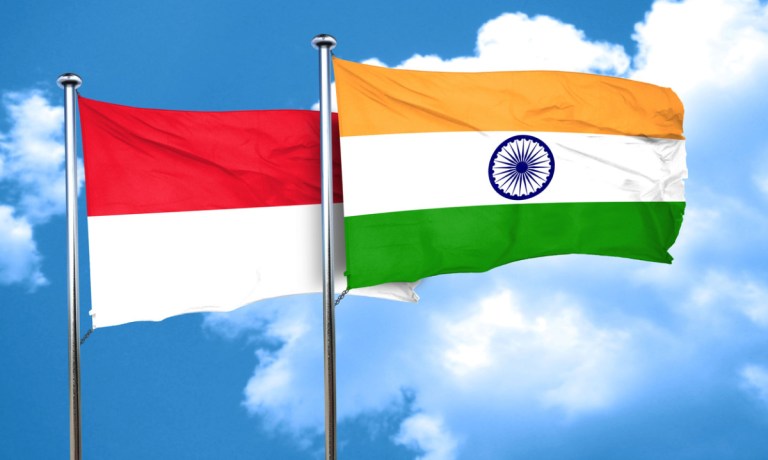
India and Indonesia are reportedly planning to link their fast payment systems.
The collaboration, as reported Monday (July 17) by Bloomberg News, is designed to spur cross-border fund transfers and would allow transactions to be settled in local currencies.
The report, citing a senior Indian official, says finance ministers from the two countries have discussed the proposal, but no agreements have been made.
Both countries, as PYMNTS wrote earlier this year, are expected to see the largest growth in real-time payments and are “among the many examples of real-time payment systems that have fundamentally changed how consumers manage their money.”
India unveiled its real-time payment scheme in 2016 and records more real-time transactions than any other nation in the world, thanks to its massive population — now the largest on the planet — and high rates of digital literacy.
Last year saw Indonesia’s central bank team with the Monetary Authority of Singapore (MAS) to work on a cross-border QR payment method between those two countries.
Bank Indonesia and MAS also agreed to promote the use of local currencies, part of a broader effort in the region to encourage local currency use in trade and investment settlements.
Indonesia’s partnership with India is happening at a time when a majority of small to medium-sized businesses (SMBs) were dissatisfied with existing cross-border payment solutions, with local payment issues often presenting a major hurdle.
“Cart abandonment is a massive problem for eTailers, and a lack of local payment methods exacerbates this challenge,” PYMNTS wrote earlier this year.
One recent PYMNTS study showed that 41% of businesses that sell to the Asia-Pacific region but do not offer local payment options reported cart abandonment rates of more than 60%, while those that did offer local payment methods saw cart abandonment rates drop to 32%.
Many companies assume — to their peril — that the major card networks used in North America and Europe are equally as popular among consumers in Asia.
“For the U.S. and large parts of Europe, we tend to think of credit cards as the primary method of paying for things, whether that’s in person or online,” Adrian Burgess, head of strategic growth at PPRO, said in an interview with PYMNTS earlier this year.
“But that doesn’t work for every individual, every ecosystem, every region on the planet. You’ve got your digital wallets, PayPal, Apple Pay, Google Pay. You have your bank account and direct debit as well.”